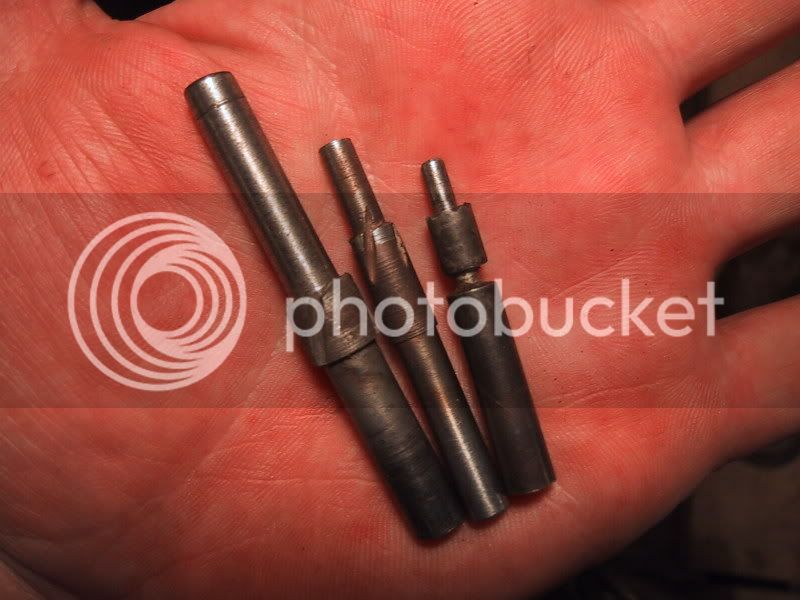You don't want to use brad point bits on brass or steel, no matter how soft. They are for wood, only!
There are special drills, but most people use an end reamer to flatten a countersink hole in steel. Take a look at the Harbor Freight Website and see what they have. Otherwise, contact Brownells, and see what they can provide you.
Most builders use flat head screws and do not recess the screw holds to reduce the width of the lock and bolts. If you use a thick enough piece of BRASS for your sideplate, you can use a countersink and a tapered wood screw head to mount the bolts flush with the top of the sideplate. Most sideplates come from 1/16" thick brass. But I have seen 1/8" brass plates also used. It all depends on the size of the sideplate, and amount of weight you want to add to the gun. The heavier sideplates look better on muskets, and smoothbore military styled guns. You will also see them, occasionally, on trade guns.
The main purpose of the side plate is to provide a washer to protect the wood of the stock from being crushed, or split when you tighten the screw down. Metal work, engraving, and other purposes were found to make more use of the sideplates, later. The serpentine sideplates commonly found on Trade guns was an attempt to add some " magic " to the guns to make them more marketable to Indians.





